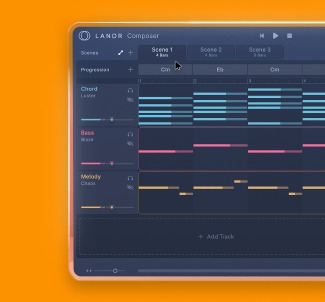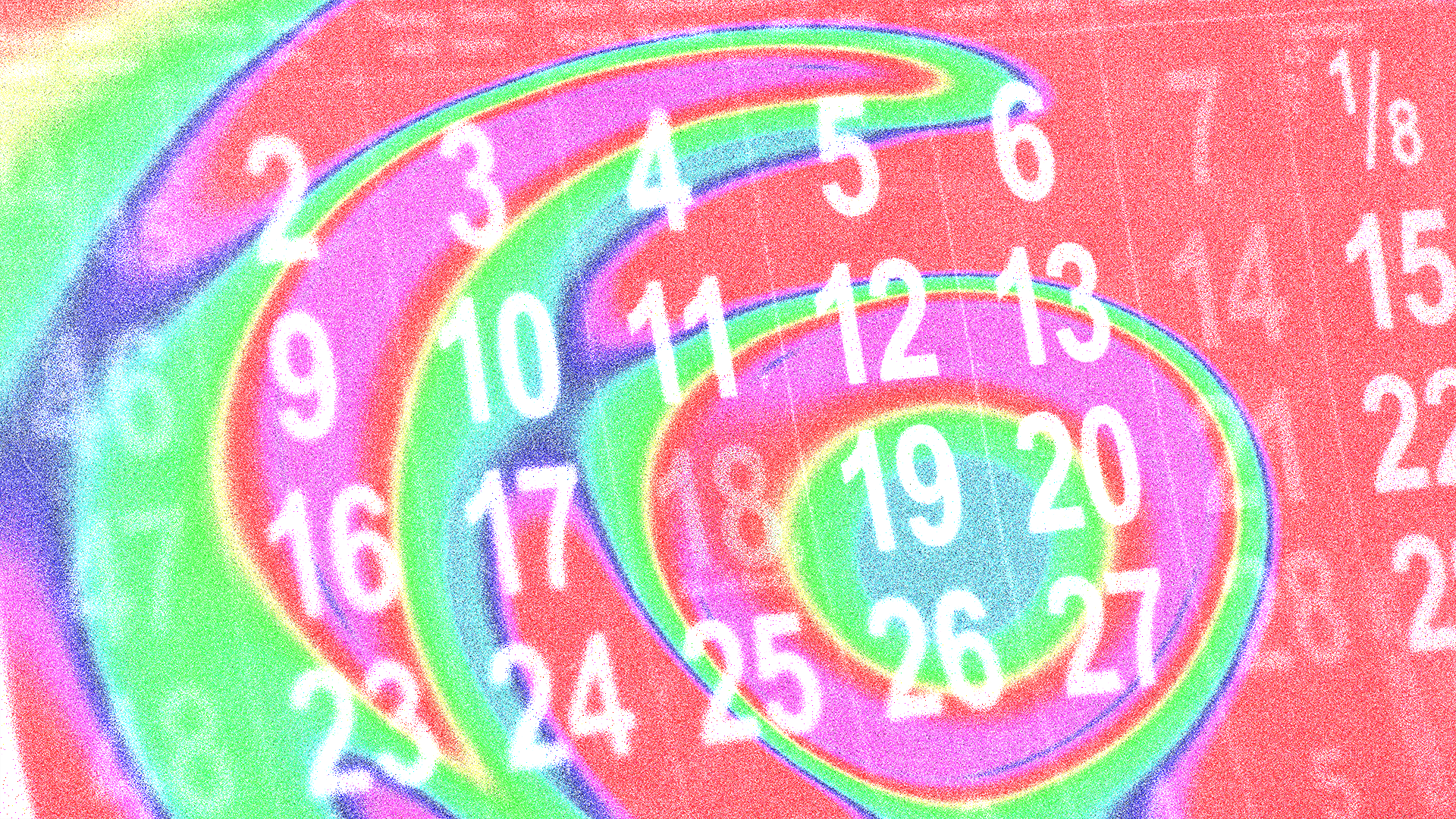
7 Common Chord Progressions You’ll Instantly Recognize
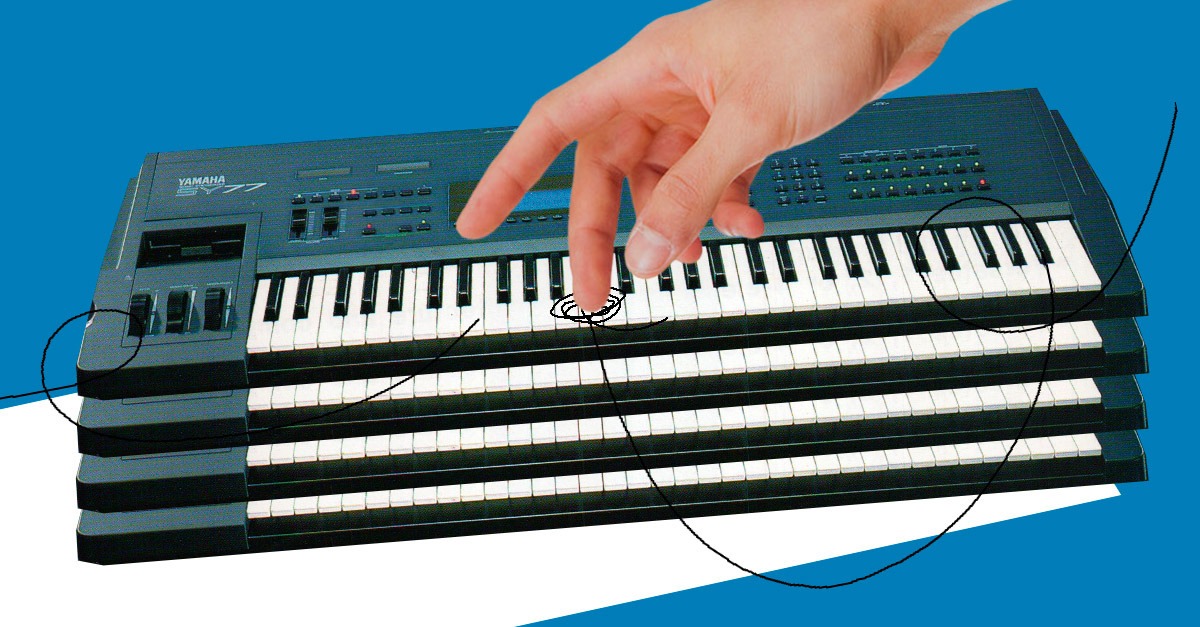
Choosing the chords you’ll use and arranging them into satisfying progressions is one of the most important jobs when writing a song. Creating new chord progressions can be difficult if you don’t know a handful of basic ones first.
Many popular songs are based on common chord progressions. If you understand how the most common ones work, you’ll have a head start for creating your own—and you’ll know how to play a lot of songs!
In this article, I’ll go through the most popular chord progressions to know in music. In some places, I’ll be writing the chords using Roman numerals instead of their letter names. If you need a refresher on how Roman numerals work in music you can check out our chord progressions starter guide to get up to speed.
What is a Chord progression?
Chord progressions are a series of musical chords played in a sequence. These progressions are foundational elements in much of Western music, creating the harmony over which melodies and rhythms are built.
Let’s get into it.
1. I-V-vi-IV (1, 5, 6, 4)
So many songs are based on the same common chord progressions.
The I-V-iv-IV progression is called “the most popular progression” for a reason.
It’s been used in just about every genre imaginable, from post-punk to country.
In the key of C major, this chord progression would follow the chords C Major, G Major, A minor and F Major.
It sounds so satisfying because each new chord in the pattern feels like a fresh emotional statement, especially with the minor chord.
Once you know how this one works you’ll start to hear it everywhere in pop music.
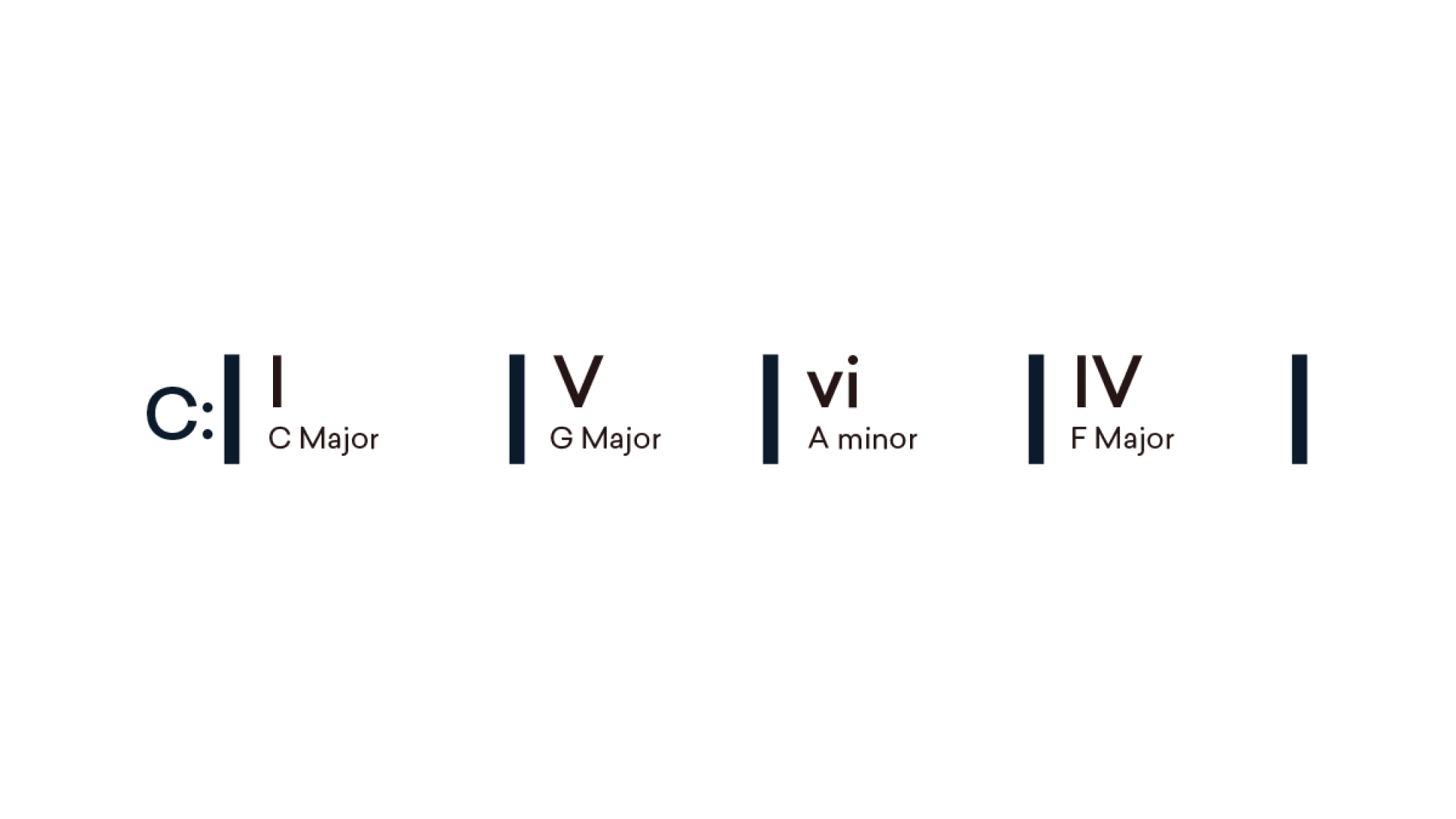
Chord notation for a 1-5-6-4 chord progression.
2. I, IV, V, IV (1, 4, 5, 4)
I, IV and V are the basic building blocks for chord progressions in western music.

Richie Valens' La Bamba is a rudimentary example of this simple chord progression in C Major.
You’ll find these chords playing an important role in every single style of popular music.
The reason why has to do with functional harmony.
I, IV and V are the simplest versions of the main chord categories in tonal music—tonic, pre-dominant and dominant.
In the key of C Major this chord progression will follow the chords C Major, F Major, G Major, F Major.
Moving from one to the other and back again to loop the progression, is how you create the sense of tension and release that gives chord progressions their forward momentum.
I, IV and V are the basic building blocks for chord progressions in western music.
There’s almost too many songs to count that include these chords in their progressions. But here’s a classic example to get it in your ears.

Chord notation for a 1-4-5-4 chord progression.
3. ii-V-I (2, 5, 1)
Some chord progressions are closely associated with specific genres.
The ii-V-I progression is the backbone of almost all of the standard tunes in jazz, in the key of C Major, it will use the chords, D minor 7, G Dominant 7 and C Major 7.
It’s so important that it appears in different forms in the best jazz chord progressions.
Even if you’re not into jazz, these timeless harmonic patterns are important to know.
Many modern genres have a strong influence from jazz harmony. Whether it’s R&B, neo-soul or hip-hop, the ii-V-I is an essential sound.
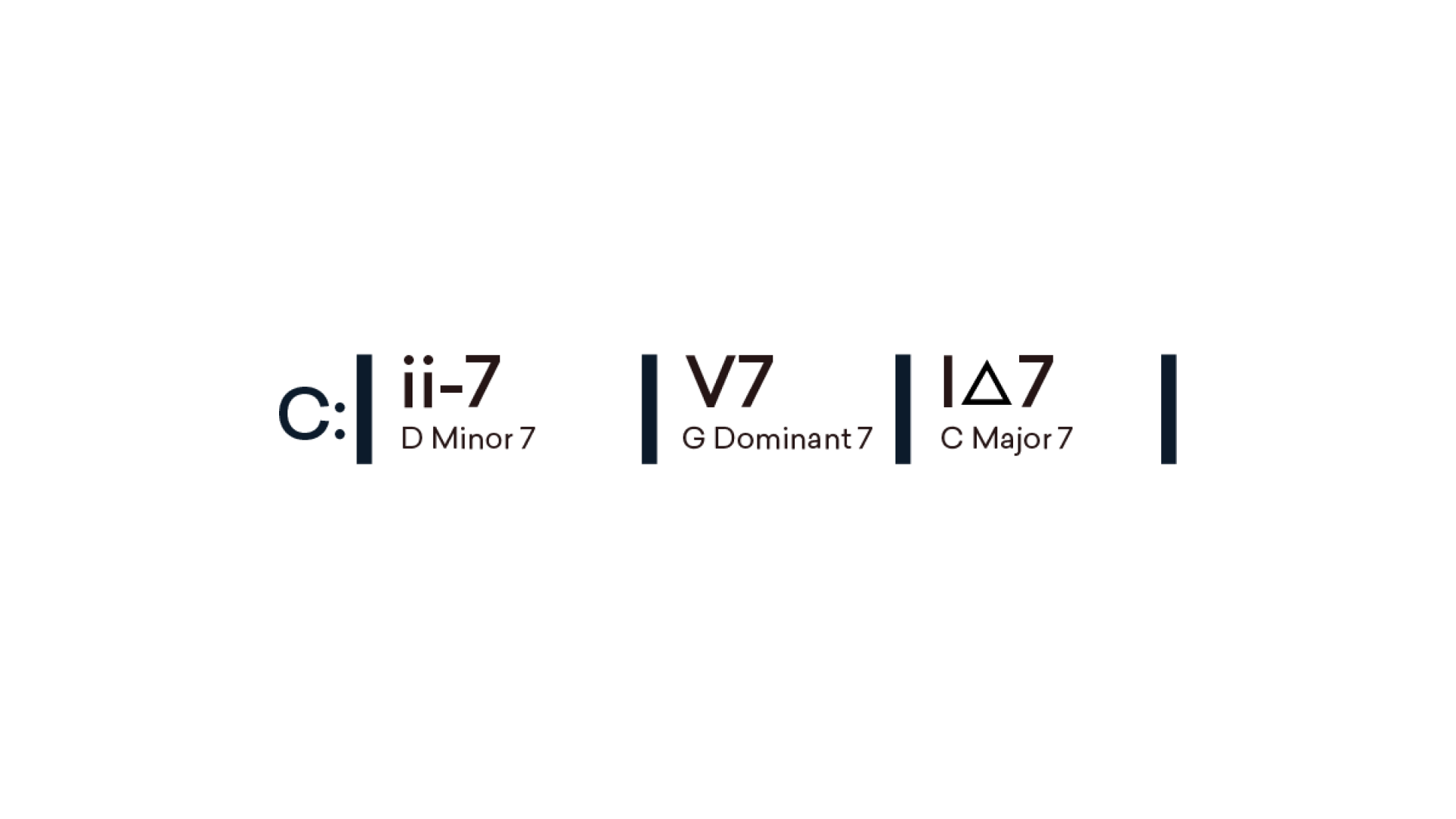
Chord notation for a 2-5-1 chord progression in C major.
4. 12 Bar Blues (1, 1, 1, 1 – 4,4,1,1 – 5,4,1,1)
Speaking of genre progressions, the 12 bar blues is another essential chord sequence that comes from a distinct style.
It forms the basic sound of blues music but it appears in many different genres too.
Depending on how you use it, the 12 bar blues can even sound more “happy” than bluesy.
It’s a versatile progression that you need to add to your songwriter’s toolkit.

Chord notation for a blues chord progression.
5. I-vi-IV-V (1-6-4-5)
This common chord progression is associated with the classic love songs and do-wop tunes of the 50s, but it shows up all over music history.
It features smooth motion from the tonic to the sixth in the first half which provides a great blank canvas for vocal melodies.
Each chord after that adds to the compelling arc this progression makes as it cycles back to the tonic.
You can hear the way this progression tugs on the heartstrings in vintage ballads like The Righteous Brothers’ “Unchained Melody”

Chord notation for a 1-6-5-4 chord progression in C major.
6. Canon (1,5,6,3 – 4, 1, 4, 5)
This chord pattern comes from one of the most enduring progressions in classical music.
The secret of this progression is how it visits so many different chords in the key before moving gracefully back to the tonic.
It has a dignified yet affecting sound that’s popular for formal occasions like weddings and commencements. Think of Vitamin C’s emotional hit “Graduation”
But surprisingly, it works in many other contexts. Here’s a nice example in Belle and Sebastian’s cheerful tune “Get Me Away from Here I’m Dying”
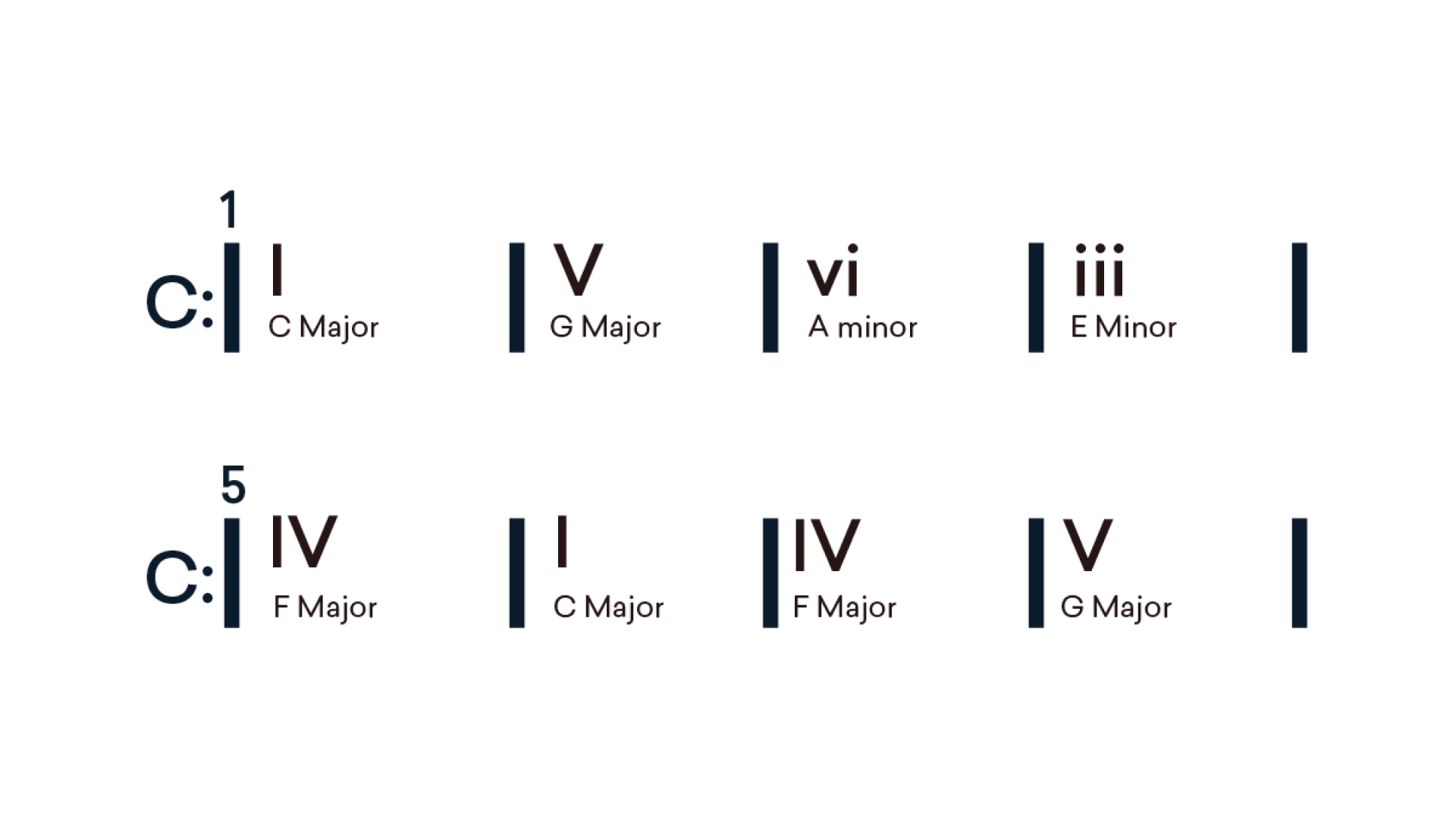
Chord notation for Pachelbels Canon in C major.
7. I-bVII-I
This is less of a chord progression and more of a harmonic technique that’s often found in rock and pop songs.
Sometimes it doesn’t take much to create enough harmonic action to propel a song.
One easy way to keep a song centered but still moving forward is to simplify the harmony, like in this “progression” that moves from the tonic to bVII and back again.
bVII is a borrowed chord from the natural minor scale, but it feels familiar because it’s only a whole step away from the tonic.
bVII adds satisfying color to a progression because of its association with the Mixolydian mode.
Mixolydian is a very common sound in rock music—once you hear it you’ll know what I mean!
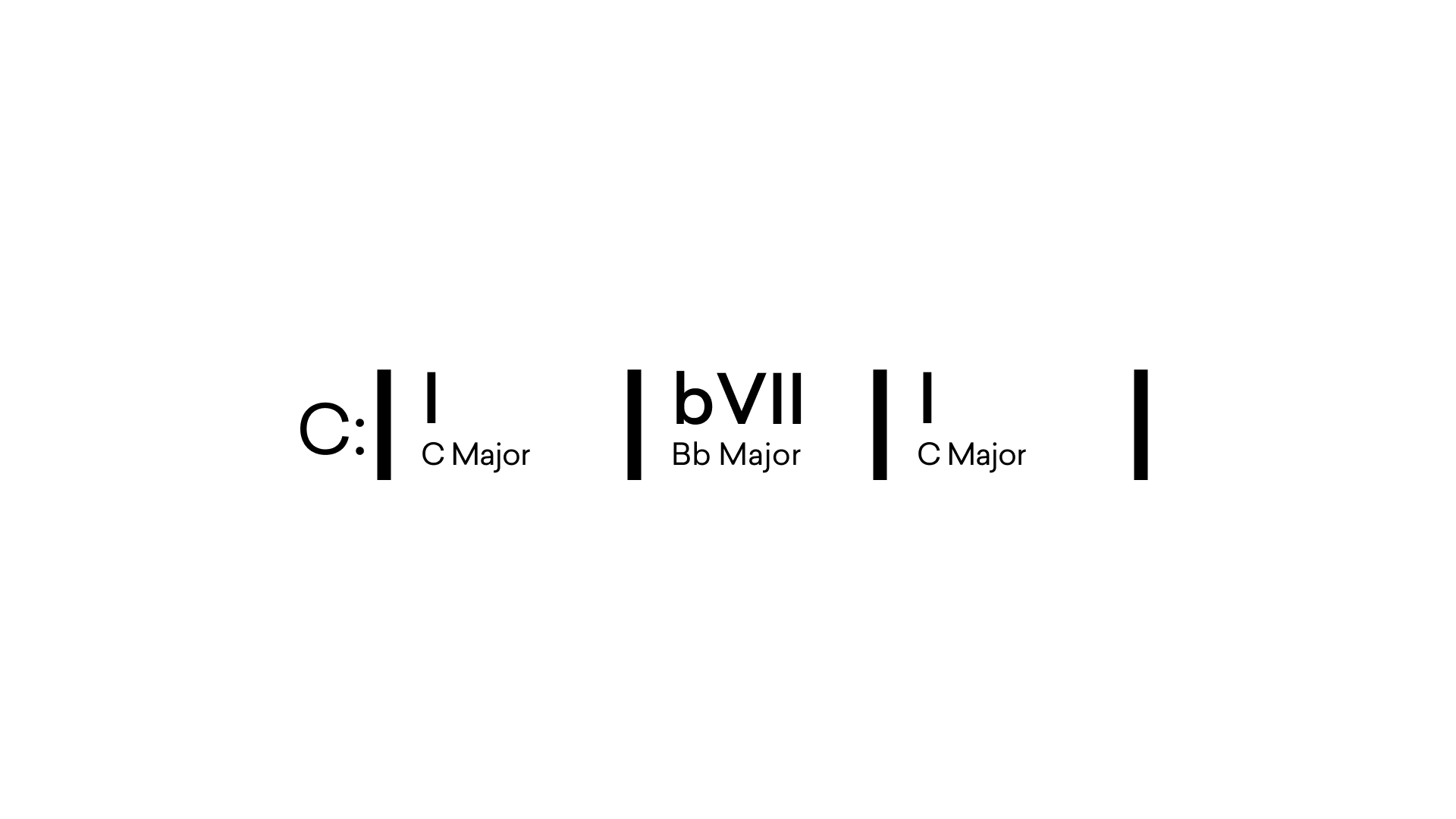
Chord notation for a 1-b7-1 chord progression in C major.
Chord Chemistry
Chord progressions are one of the most important concepts to learn in music theory.
Like any skill you learn as you go, starting with the basics is the best way forward.
Now that you know some of the most common chord progressions in music, get back to your DAW and keep crafting your songs.
Gear guides, tips, tutorials, inspiration and more—delivered weekly.
Keep up with the LANDR Blog.
